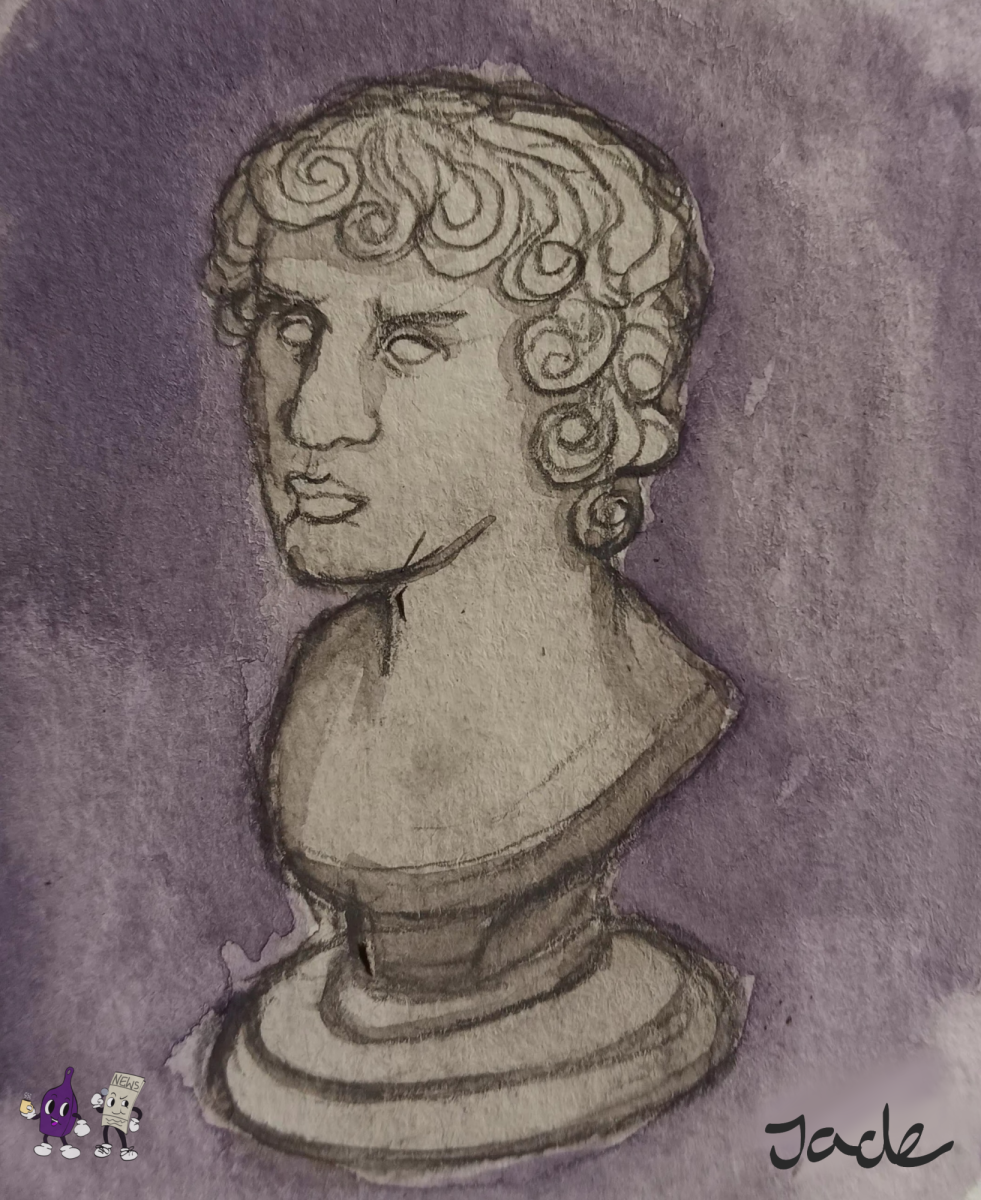Rome was heavily influenced by the many countries that it conquered in its time. Two of which being Greece and Egypt. As the empire grew, it began to create its own culture. They created and produced artwork on a scale quicker than most of their predecessors. Oftentimes, quality was sacrificed for efficiency, but with newer technology, they would occasionally exceed the works that were previously done.
Roman architecture took inspiration from much of Greek architecture. They took this inspiration and combined it with new construction techniques in order to create many incredible contributions to the art world.
One of the most well known creations of Roman architecture is the arch, which can be seen in places like the Colosseum, the Arch of Constantine, and the Roman aqueducts.
The Colosseum is the largest amphitheater in the world; a large structure used to broadcast events, games, or executions for tens-of-thousands of people. It took between seven and eight years to build. Emperor Vespasian began the construction of the theater in 72 A.D., and it was finished in 80 A.D. by his son, Titus.
The Arch of Constantine is an example of a Triumphal Arch. The Triumphal Arches were often created to commemorate triumphs or the accession of an emperor. The arches could have many different physical arches in the structure, but they would always have the tallest one in the center. They did not have very much value as buildings but were more like very large trophies. The Arch of Constantine was built to honor the victory of Constantine over Maxentius.
The aqueducts were one of the most revolutionary inventions created by the Romans. They allowed them to make and expand cities far from water by transferring the water in long pipes, tunnels, and bridges. Using the slope of the land and the structure, they could bring fresh water wherever they needed it.
The Romans largest and most famous creation is an intense power of art all on its own, the smallest country in the world, the Vatican City. The original city was built between 318 and 322 C.E. under the rule of Pope Symmachus. The Vatican is known as the epicenter of Catholicism, and it is full of all different kinds of art.
The Vatican is said to have an enchanting and magnetic feeling that draws people to the art and history of it. When author Mark Twain got the opportunity to visit it he wrote, “It makes me dizzy, to think of the Vatican – of its wilderness of statues, paintings, and curiosities of every description and every age…I can not write about the Vatican.”
It has intricately designed mosaics covering many walls and ceilings. The mosaics are made of carved tiles that are carefully placed together to create beautiful works of art. The rooms with the most mosaics in the Sistine Chapel, one of the large museums in the Vatican, are under an extreme amount of shelter and cannot have pictures taken of them as the flash can damage the tiles.
Along with tile mosaics, the Romans had frescos littered throughout, not only the Vatican, but all of their city. They would paint with any medium but the one that lasted the longest was on the plaster walls of buildings. On the ceiling of the Sistine Chapel is The Creation of Adam. The famed painting that was commissioned for Michelangelo by Pope Julius II.
Before this commission, Michelangelo found himself more of a sculptor than a painter. His first work was La Pietà, an extremely emotional statue of Mary holding her lifeless son, Jesus Christ after his crucifixion, in her arms with a silent pained expression on her face.
Much of Roman sculpture was created in order to make leaders appear noble or wise. The Greeks created much of their art to have people look young and beautiful, obscuring details like wrinkles and weight. However, the Romans took the opposite technique. They would take care to carve every individual blight.
The Romans were famous for their use of marble, especially in sculptures, but they would use nearly any material that they could get their hands on in order to realize their craft. Marble is the one most seen in modern day because it does not degrade easily and it was not in demand to be reused in the same way that metals were.
Many Greek marble statues that have been discovered by historians were actually Roman copies of Greek statues as the Greeks worked mostly in bronze.
These types of statues could be seen intermingled with astounding feats of architecture such as the Trevi Fountain. It is a newer piece of Roman art only beginning to be built in 1730 and finished in 1762 by Nicola Salvi and Giuseppe Pannini. On the fountain is a statue of Oceanus, a Roman titan, on a chariot pulled by horses of the sea and surrounded by tritons.
The Romans have similar Greek stories and mythology, for example, Oceanus is similar to the Greek Poseidon or Neptune. While the Romans do stem many aspects of their history from the Greeks, their stories tend to differ from theirs in quite a few ways. The Romans focused more on comedy than the tragedies that the Greeks had.
Plautus was a Roman playwright who took the way that the Greeks wrote satire pieces and turned it into his own comedic style shows. Rather than focusing on a more sarcastic commentary, he would use large, over exaggerated movement and delivery. Something that was so far out of the ordinary that it would cause reactions. His stories were meant to be sung in the same way that all Greek dramas were, as well.
Along with theater, the Romans pioneered many other forms of public entertainment. One of the main things that the Romans did was create free publicized theater performances. The Romans began much of the forms of entertainment and art that is still used to this day. Rome is one of the most studied parts of history because of how rich and connected it is to all of Western society.





